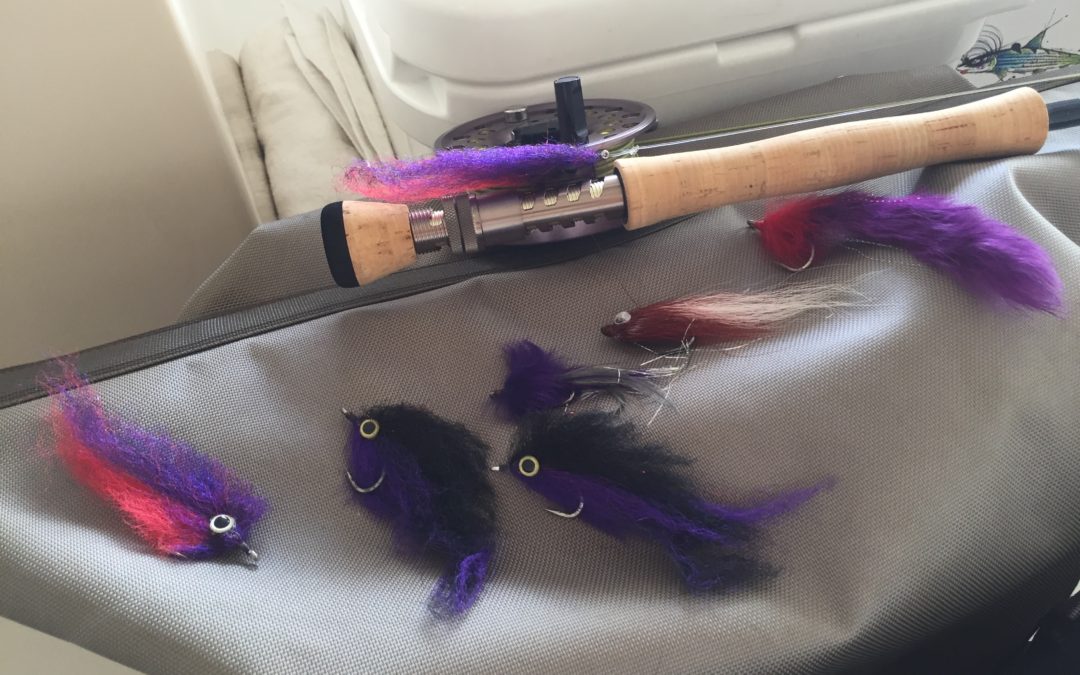With the exception of low light conditions, it’s typical to rig a conventional spinning rod with a weighted jig head. Whether soft plastic or feathered, they’re very popular as well as practical because for the most part fish feed beneath more than on the surface. For this reason, it’s a good idea to carry this technique over to our fly rigs. While learning and developing casting skills, the floating line is a great place to start. However, eventually we need to consider getting our fly down in the water column to help fish see the fly. Moreover, it doesn’t have to be a complicated decision; simply look at sink rates. In the relatively shallow estuary that is Charlotte Harbor, I like lines that are designated as WF/I. This is simply a floating weight forward line with about a six -foot clear intermediate sink tip. Typically, the sink rate is 1 to 2.5 inches per second. I do have a heavier line I like that sinks 2.5 to 4.25 inches per second. Originally, It had a 16-foot tip that I cut down to seven feet to make it more manageable. I still stick with a nine-foot leader. Moreover, since sink tip lines are heavier than floating lines, they can help add distance to your cast even though you have to strip more in to begin your back cast.
Recent Posts
Archives
- February 2025
- January 2025
- October 2024
- July 2024
- May 2024
- April 2024
- February 2024
- January 2024
- December 2023
- October 2023
- August 2023
- May 2023
- April 2023
- March 2023
- February 2023
- January 2023
- December 2022
- November 2022
- September 2022
- August 2022
- July 2022
- June 2022
- May 2022
- April 2022
- March 2022
- January 2022
- December 2021
- November 2021
- October 2021
- September 2021
- July 2021
- May 2021
- April 2021
- February 2021
- January 2021
- December 2020
- November 2020
- October 2020
Categories
- Boca Grande fishing report
- Boca Grande fishing report library
- Capt. Mike's fly tying bench
- Charlotte Harbor fishing report
- Charlotte Harbor fishing report library
- Charlotte Harbor outlook
- Charlotte Harbor outlook library
- Fishing Reports
- Fly tying bench library
- Pine Island fishing report
- Redfish
- Snook
- Spotted Sea Trout
- Tarpon
- Weekly on the fly
- Weekly on the fly library


Recent Comments